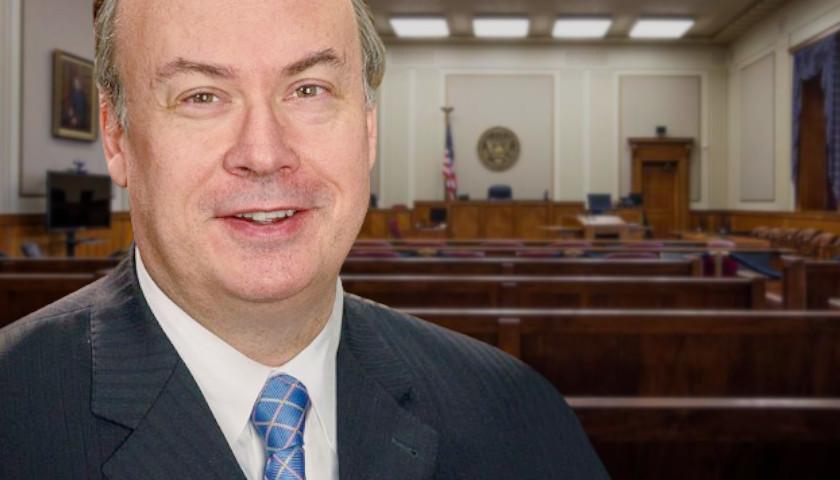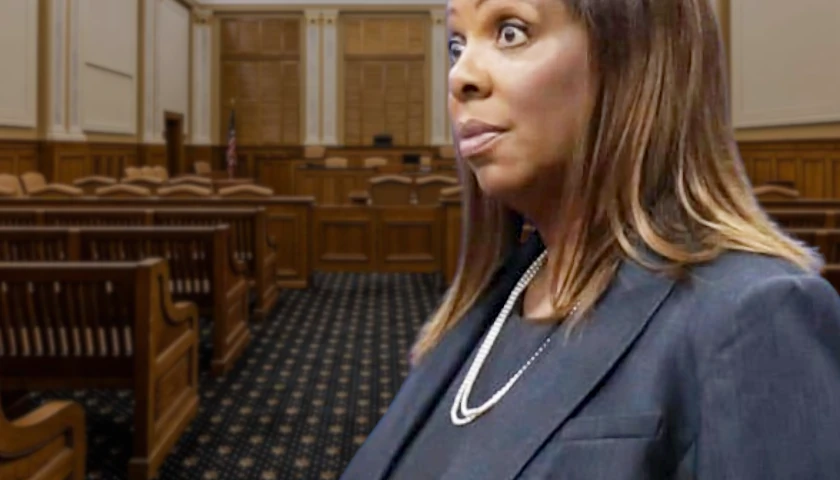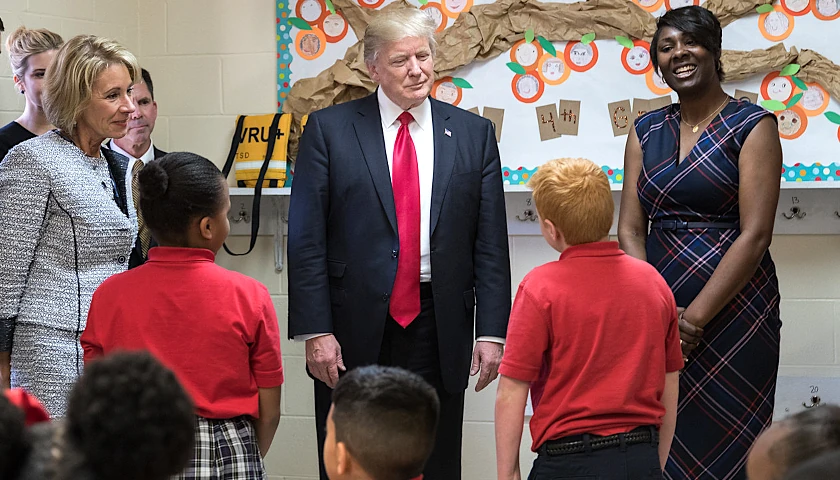Minnesota’s Professional Educator Licensing and Standards Board (PELSB) has set new rules for aspiring teachers that require them to personally avow the tenets of Critical Race Theory (CRT) and gender ideology in order to be permitted to teach in government schools.
Governor Tim Walz’s (D) PELSB’s Adopted Permanent Rules Relating to Licensing and Academic Standards have been updated to require, as of 2024, that Minnesota teachers are committed to personally affirm what the licensure board considers the proper “diverse perspectives on race, culture, language, sexual identity, ability,” etc. with their students in order to maintain a license.
The standards require the following of teachers in providing “learning environments”:
The teacher fosters an environment that ensures student identities such as race/ethnicity, national origin, language, sex and gender, gender identity, sexual orientation, physical/developmental/emotional ability, socioeconomic class, and religious beliefs are historically and socially contextualized, affirmed, and incorporated into a learning environment where students are empowered to learn and contribute as their whole selves.
In terms of “planning for instruction,” the standards indicate the following requirement:
The teacher features, highlights, and uses resources written and developed by traditionally marginalized voices that offer diverse perspectives on race, culture, language, gender, sexual identity, ability, religion, nationality, migrant/refugee status, socioeconomic status, housing status, and other identities traditionally silenced or omitted from curriculum.
The standards indicate licensed teachers have professional responsibilities that include:
- The teacher explores their own intersecting social identities and how they impact daily experience as an educator.
- The teacher assesses how their biases, perceptions, and academic training may affect their teaching practice and perpetuate oppressive systems and utilizes tools to mitigate their own behavior to disrupt oppressive systems.
- The teacher uses a variety of self-assessment and problem-solving strategies to analyze and reflect on their practice and to make adaptations and adjustments toward more equitable outcomes.
- The teacher identifies gaps where the current curriculum does not address multiple perspectives, cultures, and backgrounds, and incorporates curriculum to fill these gaps.
- The teacher understands multiple theories of race and ethnicity, including but not limited to, racial formation, processes of racialization, and intersectionality.
- The teacher understands how ethnocentrism, eurocentrism, deficit-based teaching, and white supremacy undermine pedagogical equity.
- The teacher understands that knowledge creation, ways of knowing, and teaching are social and cultural practices shaped by race and ethnicity, often resulting in racially disparate advantages and disadvantages.
- The teacher understands the histories and social struggles of historically defined racialized groups, including but not limited to Indigenous people, Black Americans, Latinx Americans, and Asian Americans.
- The teacher understands the impact of the intersection of race and ethnicity with other forms of difference, including class, gender, sexuality, religion, national origin, immigration status, language, ability, and age
Minnesota’s Center of the American Experiment think tank noted Wednesday the state’s chief administrative law judge recently approved most of the controversial amendments to the teacher licensure rule.
Minnesota's chief administrative law judge recently signed off on most of the controversial changes to the state's teacher licensure rule.
Once final modifications are made, the rule is expected to go into effect on July 1, 2024.https://t.co/Dlot3aWOIn
— Center of the American Experiment (@MNThinkTank) January 12, 2023
Joy Pullmann, executive editor at The Federalist, wrote Thursday the new rules will “soon ban faithful Christians, Muslims, and Jews from teaching in public schools.”
Doug Seaton, president of Minnesota’s Upper Midwest Law Center, told Pullmann his organization plans to file a lawsuit because the new rules are “unconstitutional” since they essentially tell teaching candidates of faith they “need not apply for Minnesota teaching jobs.”
– – –
Susan Berry, PhD, is national education editor at The Star News Network. Email tips to [email protected].
Photo “Teacher and Students” by Antony Trivet.







